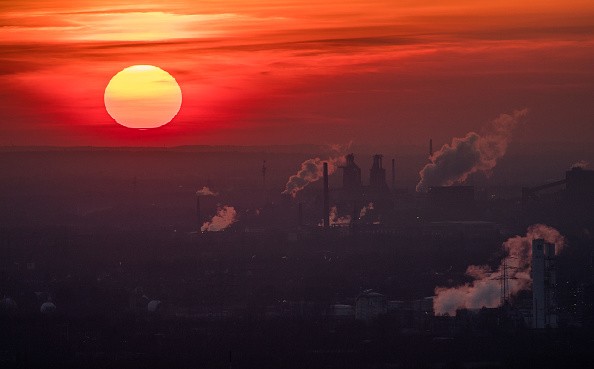There are a lot of reports centered on scientific research that has to do with the prolonged impacts of climate change, including increasing levels of greenhouse gases, sea levels, and temperature rise by 2100.
For instance, the Paris Agreement needs us to curb warming to below 2.0 degrees Celsius above pre-industrial levels by the century's end.
Potential Warming
Every few years since 1990, scientists have assessed their progress through scientific assessment reports and related special reports of the Intergovernmental Panel on Climate Change (IPCC).
IPCC reports evaluate already existing research to reveal the place humans are and things that need to be done before 2100 to achieve our goals, and what could occur if our goals are not achieved.

The recently released United Nations assessment of Nationally Determined Contributions (NDCs) gave a warning that the current pledge from governments set us up for hazardous warming of 2.7 degrees Celsius by 2100: meaning unusual fires, droughts, floods, storms, and heat, and also great change in land and aquatic ecosystem.
Also Read : UN Assessment Warns About Worsening Climate Crisis Despite the Agreement in the Paris Agreement
Climate Impacts
While some climate predictions do view past 2100, these longer-term predictions aren't being considered into mainstream climate adaptation and environmental choices of the decision today. This is unexpected since people given birth to now will just be in their 70s by 2100. How will the world be for their children and grandchildren?
Scientists and policymakers must look well exceeding the horizon of 2100 in order to grasp, plan for and communicate the complete spatial and short-term scope of climate impacts under any case, even those meeting the Paris Agreement.
Will climate warming stop in 2100? If it doesn't, what does this signify for humans now and in time to come? In scientists' recent open-access article in Global Change Biology, they start to give answers to these questions.

Climate Model Projection
The researchers ran global climate model projections centered on Representative Concentration Pathways (RCP), which are "time-dependent projections of atmospheric greenhouse gas (GHG) concentrations."
Their projections modelled medium (RCP4.5), low (RCP6.0) and high mitigation scenarios (RCP2.6) up to 2500.
They also modelled heat stress, vegetation distribution, and growing conditions for their current primary crop plants, so as to get a sense of the type of environmental challenges children of today and their offsprings might have to acclimatize to from the 22nd century and beyond.
In their model, they discovered that global average temperatures continued to increase exceeding 2100 under RCP4.5 and 6.0.
Further, researchers also discovered heat stress may get to deadly levels for humans in tropical regions which are presently overpopulated.
In spite of the fact that these findings are centered on one climate model, they are within the range of predictions from others and assist in revealing the possible magnitude of climate disruption on longer time scales.
Related Article : Future Generations Will Experience More Climate Disasters than Their Ancestors Ever Will
For more news, updates about climate crisis and similar topics don't forget to follow Nature World News!
© 2025 NatureWorldNews.com All rights reserved. Do not reproduce without permission.





